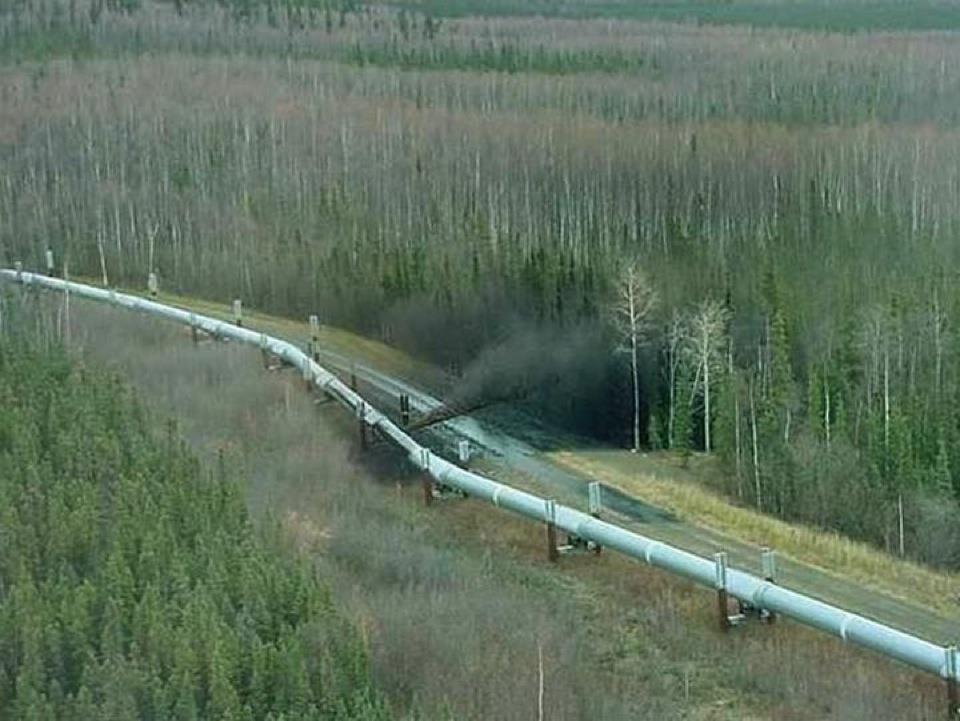Wednesday evening, Lamar County Court at Law Judge Bill Harris sent an email from his iPhone (complete with new internet slang – MSJ and NEMSJ) ruling in favor of the controversial Keystone XL pipeline, allowing them to act as common carrier and giving them the right to condemn land for use by a pipeline.
Dear Counsel,
My rulings as follows:
Transcanada’s MSJ is GRANTED (that’s internet slang for Motion for Summary Judgment)
Transcanada’s NEMSJ is GRANTED (I don’t know what NEMSJ is)
Crawford’s Plea to the Jurisdiction is DENIED
“The Texas Supreme Court has ruled that taking private property for the private use by a pipeline company requires proof that it will serve some common good – and that can’t be accomplished by merely filling out a form. We believe the judge made a number of mistakes and we will appeal. The supreme court has said that if there is any doubt that a pipeline is a common carrier, the judge has to rule against the pipeline company and he failed to do that,” said Wendi Hammond, the attorney for the landowner.
I guess what this particular judge is trying to tell us is what’s good for oil and gas is good for Texas – period.
“We may have lost this battle here in Paris, Texas, but we are far from done,” said Julia Trigg Crawford, landowner. “I will continue to proudly stand up for my own personal rights, the property rights of my family and those of other Texans fighting to protect their land. The Crawfords, and those who bravely stand with us, have plenty of courage to continue this fight, no matter what it takes.”
Read Julia’s impassioned statement below:
Anyone following this case knows my family and I were in it to win, so of course we are incredibly disappointed in today’s ruling….Disappointed that Judge Harris wholly dismissed our entire case with a 15 word ruling sent from his iPhone… Disheartened that Texas landowners must still challenge oil corporations in court on what should be State-level permitting issues….and Disturbed that a foreign corporation like TransCanada is allowed to hide behind the skirt of the Texas Railroad Commission and its Common Carrier rubber stamp.
It is absolutely unbelievable to me eminent domain abuse continues in Texas given the revelations made during our court case. With every turn we found black holes of responsibility, endless loops of (non)accountability, and the cart miles in front of the horse. The Texas Railroad Commission says they have no power over eminent domain, yet turns a blind eye when pipelines under their jurisdiction state they indeed get the power from the Commission. The Texas Supreme Court ruled in Denbury Green that “once a landowner challenges…., the burden falls upon the pipeline company to establish its common-carrier bona fides if it wishes to exercise the power of eminent domain”. So we asked TransCanada to produce their tariff rate schedule, a requirement of all Common Carriers and therefore part of proving the right of eminent domain. TransCanada’s attorney refused to provide anything, responding in court that tariffs will be provided “about the time it gets ready to transport product on the line”. That means they can’t even produce this proof they qualify as a Common Carrier until after the land is seized and the pipeline built. Furthermore, the Writ of Possession was granted by the Court and served on us before the ruling was even made on whether TransCanada can legally take our land. There is no question the process is riddled with loopholes and flaws, and Big Oil certainly wants to keep it this way.
Somehow, someway, things must change. If the courts will not address the problem, we will use our voices and votes to bring about change, and we will champion the cause with those who create the laws. Fortunately the dialogue in Austin has already begun, and we are deeply involved. As our more enlightened State leaders address the issues with open minds, they admit there are still problems with the eminent domain process. Thankfully they have begun the steps to shepherd change.
We may have lost this one battle here in Paris, Texas, but we are far from done. I will continue to proudly stand up for my own personal rights, the property rights of my family, and those of other Texans fighting to protect their land. Winston Churchill once said “Success is not final, failure is not fatal: it is the courage to continue that counts”. The Crawfords, and those who bravely stand with us, have plenty of courage to continue this fight, no matter what it takes.
Julia Trigg Crawford
Farm Manager, Red’Arc Farm
Direct, Texas
Tea Party leaders and environmentalists alike, but for different reasons, share the Crawfords’ disappointment with this ruling.
“Judge’s Harris disappointing decision today further highlights the vulnerable and precarious position that Texas landowners are in,” said Debra Medina, former Republican candidate for Governor. “These cases are often argued in county courts that are poorly equipped to assess such weighty legal questions. These courts lack the resources to properly consider the complex and voluminous evidence assembled by multibillion dollar corporations.”
“These are pipelines carrying poisons, not for oil independence in our country, but for export, from a foreign land, through our pipelines, to a port that’s going to ship them to foreign lands. These aren’t common carriers for the common good of Texans — this is a pipeline designed to speed oil through Texas. There are no on or off ramps to this pipeline in Texas and as a result it should not have been permitted, implying they had the use of eminent domain to condemn Texans’ lands,” said Tom “Smitty” Smith of Public Citizen.
“The Texas Supreme Court was clear in the Denbury ruling that private companies have to prove their project qualifies as a true ‘public use’ before it can exercise eminent domain. We’re disappointed in the Judge’s decision, but we’re confident that the Crawford family farm will eventually prevail. This decision puts the onus on the Texas legislature to remedy the outrageous eminent domain abuse taking place in our state,” said Terri Hall, Director of Texans Uniting for Reform and Freedom. “The time for talk is over. Texans are losing their land because of poor oversight and the legislature’s refusal to address the heart of the problem. Texans aren’t going to accept the crumbs we’ve been handed, cloaked as eminent domain reform. It’s time to get serious before irreparable harm is needlessly inflicted upon Texans.”
Recently, the Texas House Land and Resource Management Committee met at the Capitol to hear invited testimony from Crawford and other interested parties regarding the dilemma of industries self-proclaiming they are common carriers with no review from any state agency as to whether a company is truly a common carrier or not. The House Energy Management Committee has also held hearing on pipeline safety issues.
Linda Curtis, director of Independent Texans, noted, “Ms. Crawford’s case is emblematic of the continuing struggle of Texas landowners being tread upon by a private company taking land for private use, and foreign profit. TransCanada has yet to provide any evidence that they have the legal authority to seize property in Texas.”
“TransCanada used the Commission’s T-4 permit as an authorization to take Texans’ land for a private for-profit, foreign pipeline project. There was no vetting or review by the Commission of a pipeline company’s self-designation as a common carrier and the commission says that it has no control over eminent domain. The legislature needs to fix this mess and assure that landowners’ rights and the environment are protected,” said Chris Wynnyk Wilson of the Stop Tar Sands Oil Pipelines (STOP).
Read Full Post »
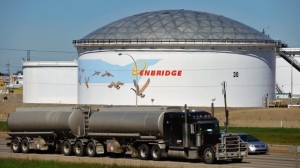
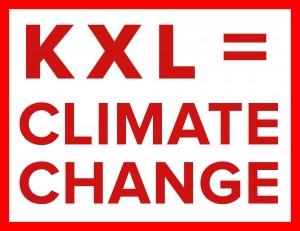
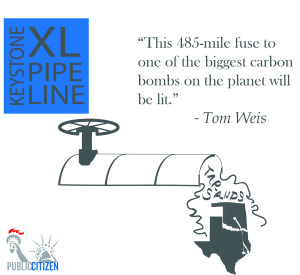
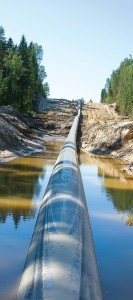
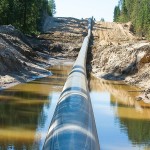

![beforenafter1[1]](http://texasvox.org/wp-content/uploads/2013/02/beforenafter11.jpg?w=300)
